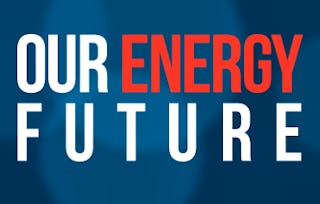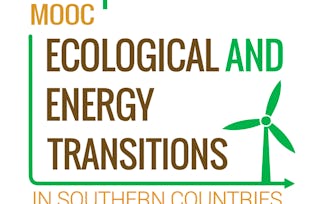NOTE: “21 st Century Energy Transition – How do We Make it Work?” has
been updated as of December 2024 to include new highlighting new ideas, technologies and important developments since its launch in October 2022. Affordable, abundant and reliable energy is fundamental to human well-being and prosperity. For the past 150 years, more and more people have gained access to energy, primarily in the form of fossil fuels – coal, petroleum and natural gas. But now, even while half of humanity cannot access adequate energy supplies, we are beginning a profound transition to more diverse energy sources. Climate change, environmental sustainability, and energy poverty are all important – and sometimes conflicting – drivers as we strive to supply more energy to more people with fewer negative impacts on Earth’s environments. In this course from the University of Alberta and Canadian Society for Evolving Energy, you will join us to learn about the many energy sources available, and where technology is providing exciting new solutions to energy and environmental challenges. Find out what roles energy storage must play to support the transition, and discuss how we can optimize transition processes. Examine competing viewpoints (“realities”) to enable energy transition, focusing on the practical challenges in bringing about change on a global basis. Finally, you will bring all these issues together to examine how the energy transition process is progressing and what we must do to create pathways to achieve our goals.















